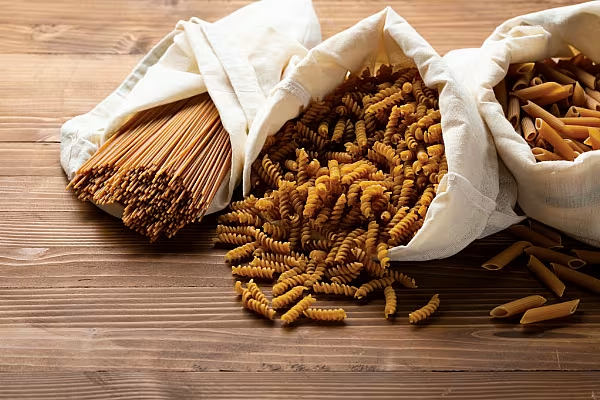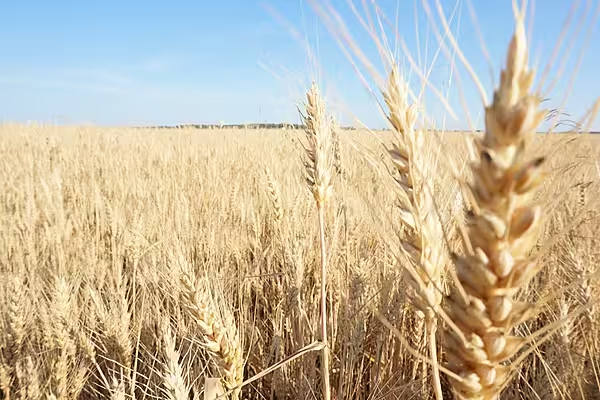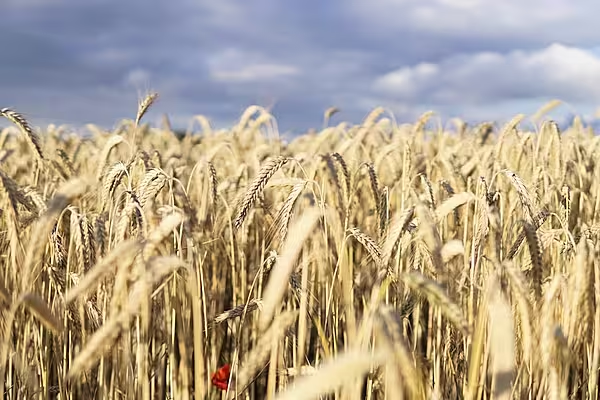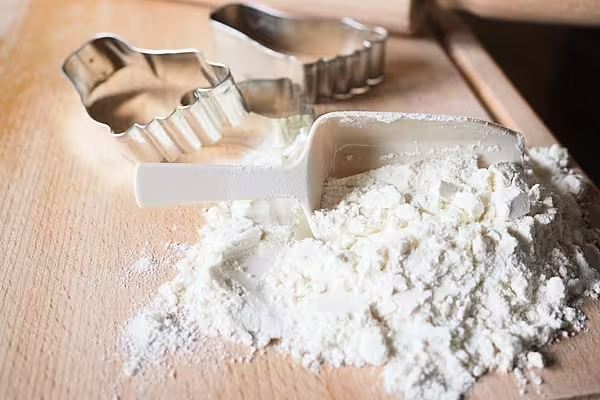In this edition of Buyer's Brief, Nick Peksa looks at why the various commodities that go into making pasta are facing an unpredictable few months ahead. This article first appeared in ESM's May/June 2023 edition.
T he Food and Agriculture Organization (FAO) of the United Nations has reported the twelfth consecutive monthly decline in the price of major food-based commodities.
Over the last 12 months, the food index has dropped by 20.5%, primarily led by declines in cereal, vegetable oil and dairy price indices, although it is worth noting that those of sugar and meat have increased. Combined with a steady decline in crude-oil and gas prices, this could potentially help to reduce the price inflation on staple goods.
The price of bread and milk has seen some downward movement, however, one market that remains strong is pasta.
Manufacturing Pasta
To create a batch of fresh pasta, durum flour is kneaded with moisture (usually eggs), and the protein forms strands of gluten that give the pasta its structure and strength. In addition to providing water for the gluten, eggs also give fat, which enriches the dough.
The proportion of egg content in pasta can be as high as 57%, but for retail pasta, a useful guideline is that the egg content is around 19% to 20%.
Durum Wheat
Like milling wheat, the price of durum wheat has consistently decreased over the past year. Therefore, the initial instinct would be to expect a price decrease for fresh pasta, however, the flour used in pasta is relatively inexpensive, compared to the price of eggs.
Pressure on Egg Prices
Egg markets have been under a lot of strain due to a combination of avian flu and inflationary rises. The average price of eggs in the EU has increased by close to 42% in the last 12 months, however, Easter demand should certainly be considered in the most recent price movement, as demand always spikes at that time.
Price drops have already been seen in the US, post-Easter. It is interesting to note that some American families were switching their traditions of hunting for eggs this past Easter and replacing them with potatoes.
To put this into context, since November 2022, the durum wheat market price has dropped by 30%, however, the cost increase for egg pasta (assuming 20% egg content) – based on raw materials – should experience an increase of close to 19%.
Dried pasta (without egg) should, therefore, have experienced a significant price drop based on raw materials, however, this has not been the case, with many retailers reporting that pasta prices have doubled.
Looking Forward
Even though egg prices may decrease, what is potentially worrying is that global production of durum wheat is projected to remain steady, year on year, at 32.8 million tonnes, with EU production expected to increase by 5%, to hit 7.5 million tonnes. Global consumption is also expected to remain stable, at 33.4 million tonnes.
As consumption is greater than supply, global stocks will be drawn down to their lowest level in more than 30 years. If any problems occur in and around the harvests, supply will diminish, and prices will shoot upwards. This would certainly cause problems for both fresh and dried pasta.
Ending Thoughts
Rather than dwelling on pasta, the point of the article is: if you are not already doing so, consider cost-modelling your product more.
For example, in order to fully understand the cost model and its implications, knowledge of the supplier is important, including: a) raw materials as a percentage of the selling price; b) overhead expenses; and c) profit aspirations.
You can then use your models either tactically – to undermine price increases or profit aspirations – or strategically, to gain alignment on true costs or create an open-book costing.
For more information, contact nick.peksa@cost-insights.co.uk.
Read More: Buyer's Brief: Sláinte Mhath To The Olive Oil Industry... Or Not?
© 2023 European Supermarket Magazine – your source for the latest supply chain news. Article by Nick Peksa. Click subscribe to sign up to ESM: European Supermarket Magazine.














